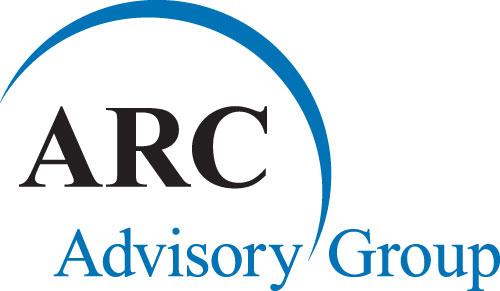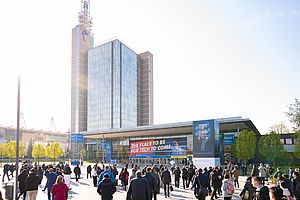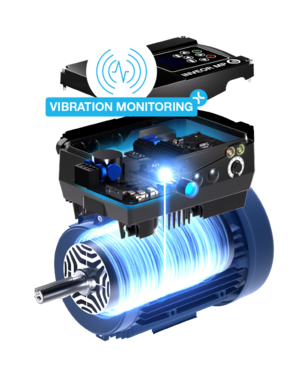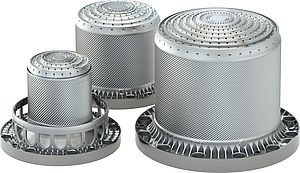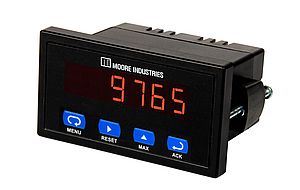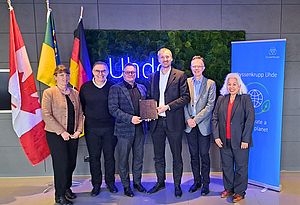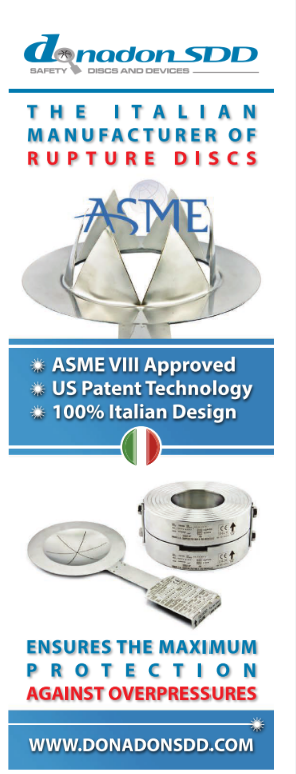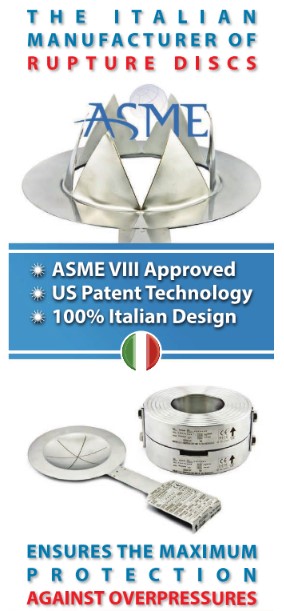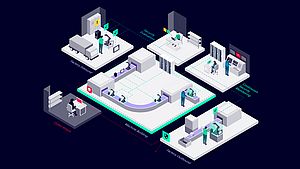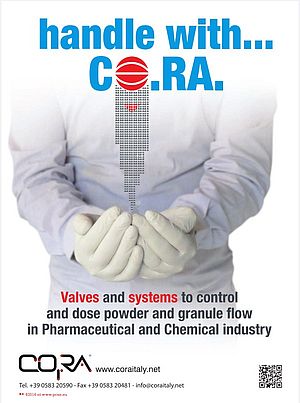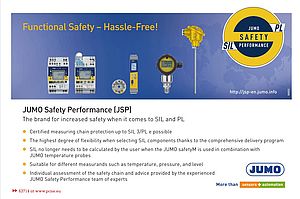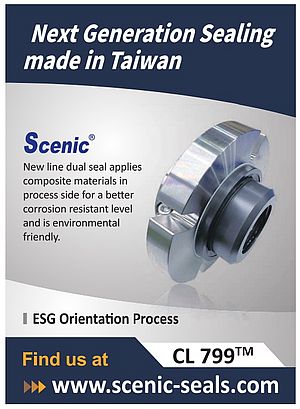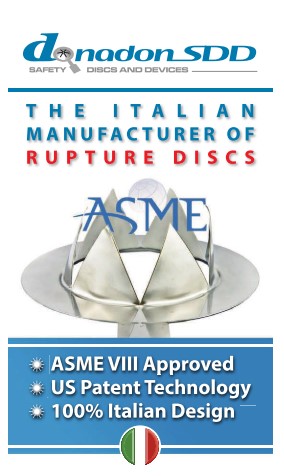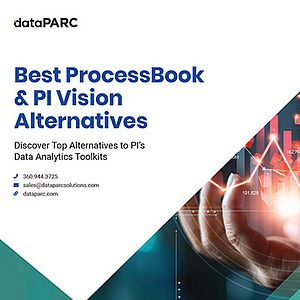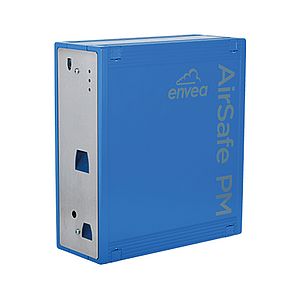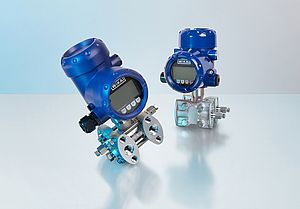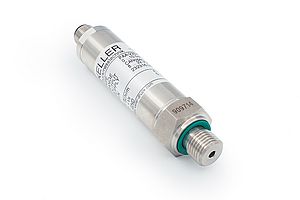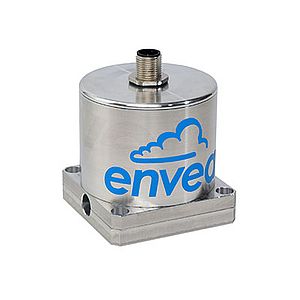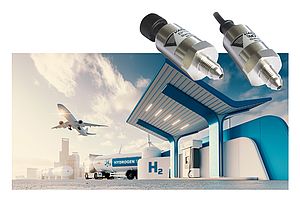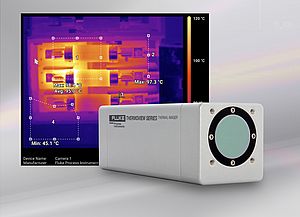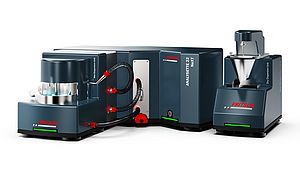ARC Advisory Group’s 9th Annual Process Management Academy on March 4-5, 2013, is a premier meeting point for industry executives and technology solution providers to share current best practices and learn about emerging solutions in automation and manufacturing IT.
The forum delivers content key to the success of any business with a focus on process or hybrid production. Whether you are in biotechnology, chemicals, food & beverages, oil & gas, pharmaceuticals, or power generation, the case studies, analyses, and interactive discussions will provide you with new knowledge to help you increase the profitability and efficiency of your operations.
The two-day forum includes presentations by end users, ARC analysts, and other industry experts who will share their experiences and provide an outlook on the future of automation. The topics are:
Continuous vs. Batch: How Technology Helps Us to Rethink Traditional Production Methods
While some continuous processing operations are moving to batch production for faster demand response, some traditional batch processes are being turned into continuous processes for efficiency gains. How can users maintain profitability at lower utilization and running rates? Which method is right for your process?
Real-time Process Feedback
Process analytical technology (PAT) is changing the face of pharmaceutical manufacturing. Initiated by the FDA to promote better quality and higher productivity, Quality by Design (QbD) lets users build quality directly into product design and manufacturing processes rather than relying on end-of-batch quality checks. PAT and QbD provide the real-time process feedback and flexible processes that allow an out-of-spec operation to be steered back on course, reducing waste and improving efficiency.
ARC Process Management Academy 2012Energy and Material Efficiency Optimization
Rising energy and raw material costs mean that optimization of usage, yield, and scrap has never been more important. It is not just about electricity or primary energy sources anymore. Instead, the focus has shifted to a WAGES (water, air, gas, electricity, steam) approach that is deeply rooted in the manufacturing process. In many industries, oil and gas are not only energy sources, but also a stock for production. Industry experience shows that energy and raw material usage can be optimized with the potential to save money, material, and CO2.
Plant Maintenance in Process Industries
New technologies such as physical layer diagnostics, predictive analytics, and augmented reality are enabling sophisticated approaches to maintenance. One concern is still the role of the maintenance technician and their impact on plant reliability and uptime. Downtime is a major cost factor in the process industries, accounting for the equivalent of 20% of all production costs. Half of all maintenance man-hours are spent on fixing equipment following a failure, while only 18% of those hours are spent determining when equipment will fail and acting accordingly. With the increasing equipment complexity, what approaches can help industry to improve plant availability while lowering maintenance costs?
Enterprise Asset Management in the Regulated Industries
Companies with US FDA validated processes or affected by the European Commission’s rules governing medicinal products must keep records for all inspection, maintenance, testing, and calibrations – particularly non-routine repairs performed on equipment as a result of failure and malfunction. While paper records are allowed, compliance with this media becomes costly and difficult to manage – and unacceptably painful during an inspection. The use of electronic documents and signatures for these records is preferred. The ability to create and store these records electronically has created high interest in the pharmaceutical industry for modern enterprise asset management systems.
ARC's PMA Europe 2013
9th Annual Process Management Academy in Antwerp
- January 23, 2013
- 159 views


